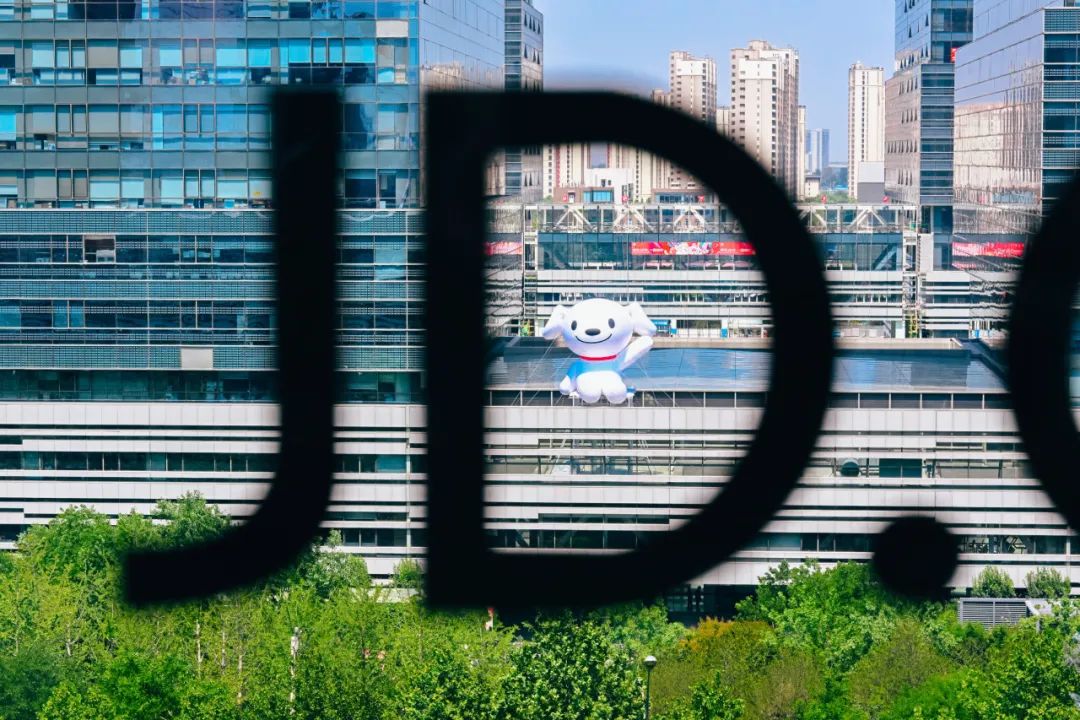
People have spotted a human face buried in the dusty surface of Mars.
An image sent back from the Perseverance rover has captured something slightly eerie. On the far left side of the picture, there is an oddly shaped object.
To some, it’s a rock. To others, it looks like three-quarters of a human face, lying on its side with distinct features including deep eyes, a wide nose and sad-sloping mouth.
The rock-face looks dismayed, as it withers away in the harsh light of the Sun.
The photo was taken on September 27, yet despite it looking like a decapitated head, it is just a chunk of sedimentary sandstone, just like the other rocks around it.
The rock-head lies in the Jezero Crater, which is a 28-mile wide region on Mars which may have once been flooded with water.

The picture was snapped by Perseverance, using its Right Mastcam-Z camera, which is located high on the rover’s mast.
So if it’s just a rock, why can we see the features of a face?
This is a common psychological phenomenon called pareidolia. This is the tendency to see or perceive a specific, yet often meaningful image in a random or ambiguous visual pattern.
Most of us have done it, such as seeing a smiley face in your coffee or spotting a lion in the clouds.
But pareidolia is surprisingly common for Mars. So far, people have spotted rocks that look like a bear’s face, fungus, a carved image of a warrior, a small bigfoot, a spoon and even bugs.
The phenomenon is thought to happen when your eyes see an arrangement of shadows, objects or shapes and your brain processes some visual information, and jumps to conclusions to see something familiar.

This is also not the first time a human face has been spotted on Mars. An image taken by an orbiter as part of the Nasa Viking 1 mission in 1976 saw a picture taken of Cydonia. The uncanny resemblance to a human face meant the picture was dubbed as ‘the face on Mars’.
However, follow up observations from later missions that had better technology showed that it was just a mesa – a big rock formation with a shape and shadows that happened to look a little like a face.
Space is riddled with pareidolia, and it shapes how we sometimes name things. For example, the Horsehead nebula, which looks like a Knight in chess.
MORE : Trips on Richard Branson’s stratospheric balloon will cost you £95,000 a ticket
MORE : Large supermoon lights up UK skies – will we see it again tonight?
MORE : 7 commonly believed ‘facts’ that aren’t actually true
Get your need-to-know
latest news, feel-good stories, analysis and more
This site is protected by reCAPTCHA and the Google Privacy Policy and Terms of Service apply.






